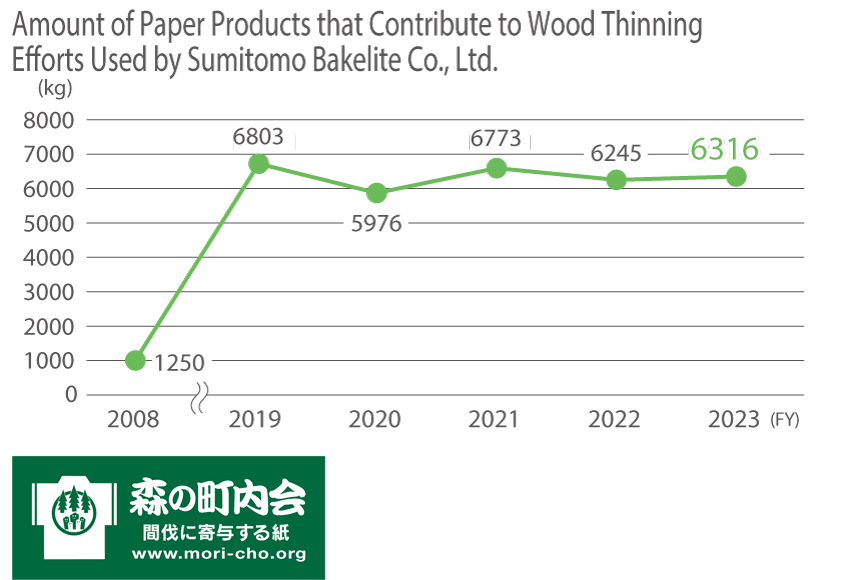Biodiversity Conservation Initiatives
Based on the philosophy of our Responsible Care Activity Guideline, we understand the importance of conserving biodiversity, and have become a promotion partner of “The Declaration of Biodiversity by Nippon Keidanren.” By understanding the importance of biodiversity outlined in these guidelines, applying it to our basic management stance, and following these declarations, we are working to reduce our environmental impact, complying with our procurement policy, and engaging in dialogue with communities through conservation activities such as setting up biotopes some of our business locations. Outside of Japan, we take part in local initiatives, including planting rare tree species.
[TOPIC] Participation in the “30 by30 Alliance for Biodiversity” and recognition of the “OECM”
At the G7 Summit held in the UK in June 2021, G7 leaders agreed the G7 2030 Nature Positive and all G7 countries pledged to conserve or protect at least 30% of their national land and sea areas by 2030 (‘30by30’) toward the goal of halting and reversing biodiversity loss (nature positive).
Toward domestically achieving the 30by30 target, Japan has launched the 30by30 Alliance for Biodiversity at the initiative of the Ministry of the Environment. In addition to expanding Japan’s current protected areas such as national parks and improving its management quality, a scheme is implemented to register areas that have been conserved by the private sector and others as OECM*.
In June 2022, our company joined the 30by30 Alliance for Biodiversity, aiming to obtain OECM certification for the “Ikoi no Mori” biotope at the Shizuoka Plant and to contribute to the conservation of 30% of land and sea by 2030.
The Ministry of the Environment began a system in 2023 to certify areas where biodiversity is being preserved through private initiatives as OECM. The certified sites, excluding areas overlapping with protected areas, will be registered in the international OECM database. In applying for OECM registration in the first half of fiscal 2023, the “Ikoi no Mori” biotope at the Shizuoka Plant was certified as OECM.  |
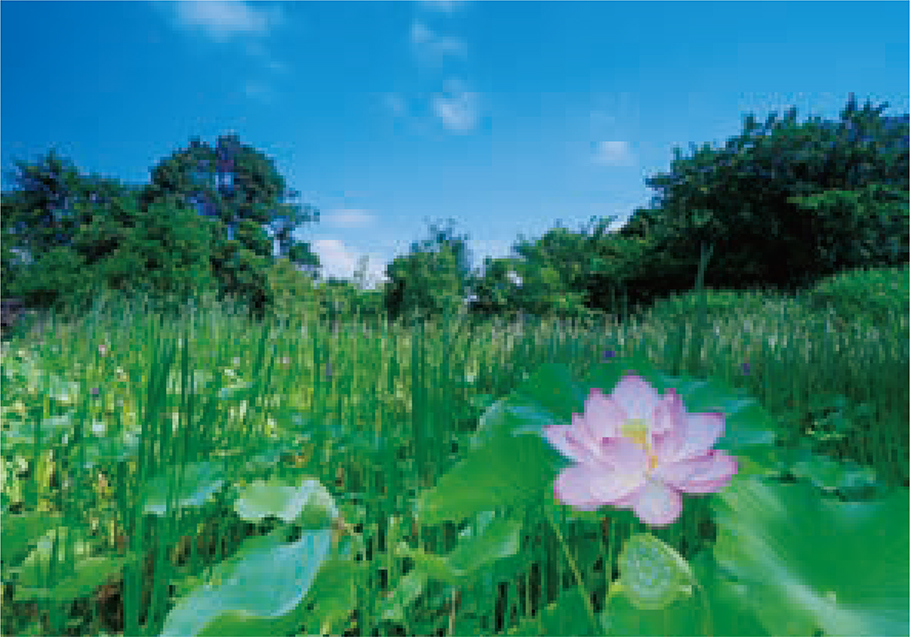
Biotope Ikoi no Mori |
- * Areas other than protected areas that contribute to biodiversity conservation. Abbreviation for Other Effective area-based Conservation Measures.
[TOPIC] “About Receiving the Director-General’s Award of the Kanto Bureau of Economy, Trade and Industry of the FY2023
Factory Greening Award Program (commonly called National Award for Greenery Factory)” Our management of greenery and initiatives using our biotope was praised and received the Director-General’s Award of the Kanto Bureau of Economy, Trade and Industry of the FY2023 Factory Greening Award Program, a program to award plants and other facilities that achieved significant improvement of the environment in and around the plant based on the Factory Location Act’s philosophy of pursuing harmony with the local environment around plants (collectively called the “National Award for Greenery Factory”). |
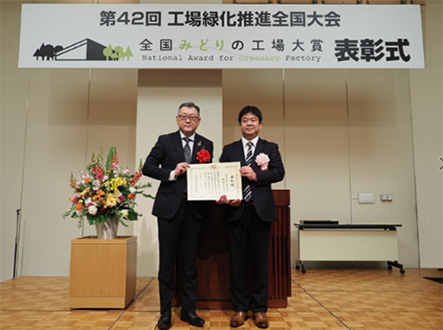
|
What is an “OECM”?
As part of its efforts to achieve nature positive, the Ministry of the Environment started a system in 2023 to certify areas that contribute to the conservation of biodiversity as a result of initiatives by the private sector and others (i.e. corporate forests, satochi-satoyama landscapes and urban green spaces) as OECM. Applications were accepted from April this year and experts reviewed them. The Minister of the Environment designated 122 locations (across 35 prefectures) as OECMs for the first time. The total area of these 122 locations is approximately 77,000 hectares, which is approximately 0.2% of the total land of Japan, exceeding Tokyo’s 23 wards.
- Ministry of the Environment: Result of the certification of Nationally Certified Sustainably Managed Natural Sites in the first half of FY2023
- Japan’s 30by30 Roadmap
About Biotope “Ikoi no Mori”
In the Shizuoka Plant of Sumitomo Bakelite Co., Ltd., 2100 Takayanagi, Fujieda, Shizuoka 426-0041
For reserving tours, see the website.
[TOPIC] Biotope and Visiting Guest Lesson Initiatives
The results of an investigation into the relationship between the business sites of our Group worldwide and protected areas where biodiversity is considered important indicated that none of our business sites were located in these areas. Although not a protected area, the results of an ecosystem survey conducted in fiscal 2011 at the site of our Shizuoka Plant located in Fujieda City, Shizuoka Prefecture, confirmed the presence of Japanese killifish, a vulnerable species (VU). After determining the strong need for preserving the biodiversity of this site, we decided to create a company biotope. The creation and maintenance of the biotope were completed in March 2017. The biotope, which occupies about 5% of the Shizuoka Plant’s 287,000m2 site, serves as a habitat for a wide variety of fauna and flora, including ancient Oga lotus and jewel beetles, among others, in addition to Japanese killifish.
We continue to engage in communication with local communities, such as by spreading the word on the significance of our biotope for biodiversity to the community and supplying some of the Japanese killifish that have taken root and multiplied within our biotope to neighboring locations.
In fiscal 2023, the biotope was opened to the public for the first time after three years and there were 113 visitors. We continue to engage in dialogue with neighboring elementary schools regarding biodiversity conservation efforts centered on the biotope, and as in the previous year, we have responded to requests for visiting guest lessons at schools, field trips using the biotope, and other activities. We provided a total of approximately 60 killifish to three elementary schools in the neighborhood, and gave a visiting guest lesson at four schools (330 students in total) on how to conserve southern medaka while introducing our SDG initiatives. In addition, two field trip visits to the biotope were held (total of 228 students), one in the spring and the other in the fall, and a set of visiting guest lessons and a tour of the biotope were provided for one class (86 students) as in the previous fiscal year.
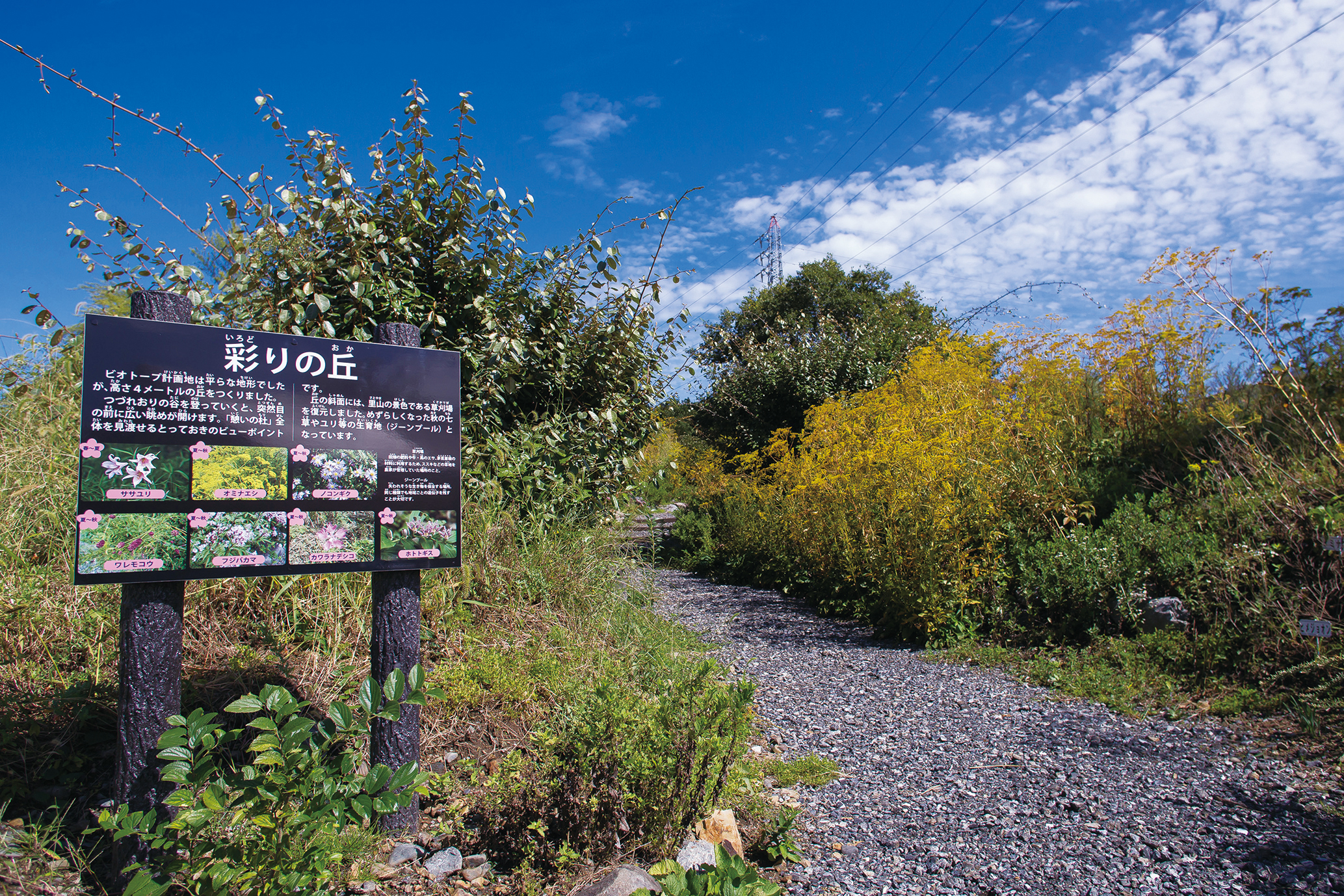
Biotope “Irodori no Oka”
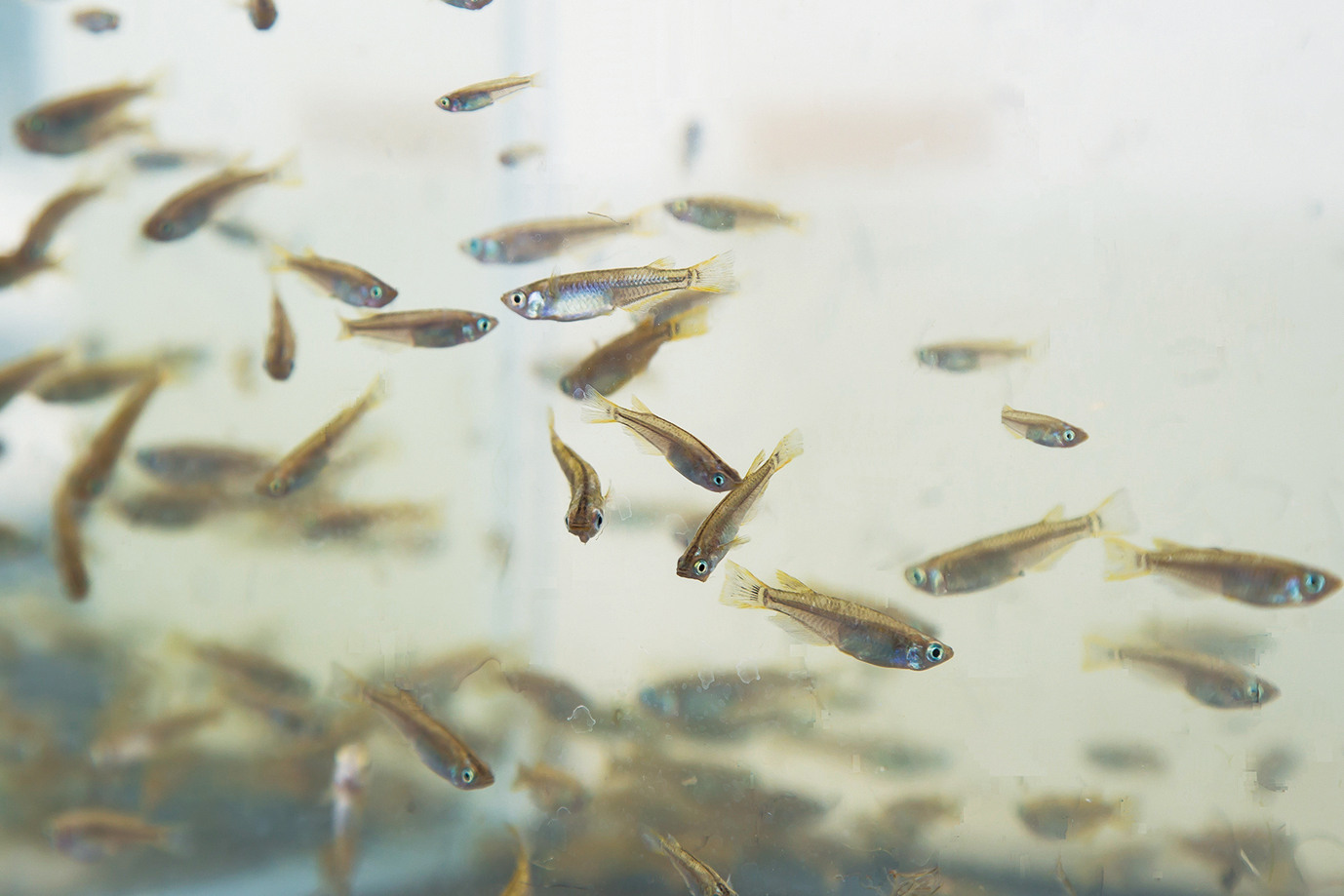
Japanese killifish (a vulnerable species (VU))
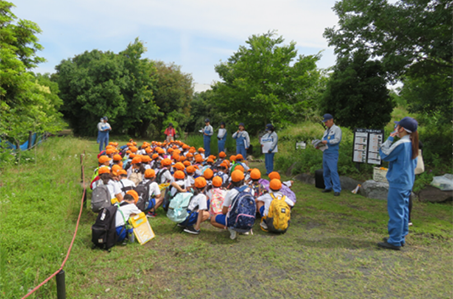
Elementary school student excursions and lessons
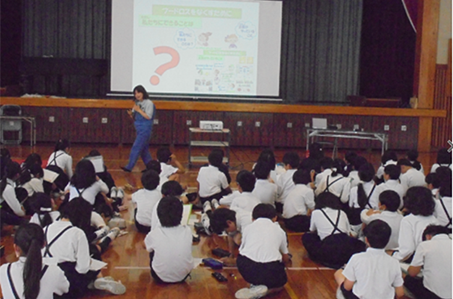
Elementary school visiting guest lesson
Initiative to Protect Forest Ecosystems
Our Group contributes to conservation of biodiversity by protecting forest environments through our support for activities including forest thinning projects and afforestation activities of the environmental NPO Office Chonaikai (Office Neighborhood Association). Our company has supported forest thinning mainly in Iwate Prefecture since fiscal 2008 by expanding the use of Paper Products that Contribute to Forest Thinning Efforts promoted by the Morino Chonai-Kai (Forest Neighborhood Association).
The cumulative amount of paper used since fiscal 2008 is approximately 95,600 kg, which corresponds to the thinning of 6.38 hectares.
Our business site in Indonesia engages in afforestation activities for growing mangrove forests that protect various species of marine organisms, and is also carrying out activities to mitigate climate change. Going forward, we will continue to conserve biodiversity tailored to the environment surrounding each of our business sites.
Topics More
- 2024/10/01 Sustainability Sumitomo Bakelite Co., Ltd. signed to the UN Global Compact
- 2024/02/01 Sustainability Sumitomo Bakelite Co., Ltd. announces its establishment of “Human Rights Policy for the Group of Sumitomo Bakelite Co., Ltd.”
- 2023/10/31 Sustainability Integrated Report 2023 of Sumitomo Bakelite Co., Ltd. has been issued.
- 2023/06/21 Sustainability Selected as an iSTOXX® MUTB Japan Platinum Carrier 150 Index
Email us about Sustainability
Inquiry

